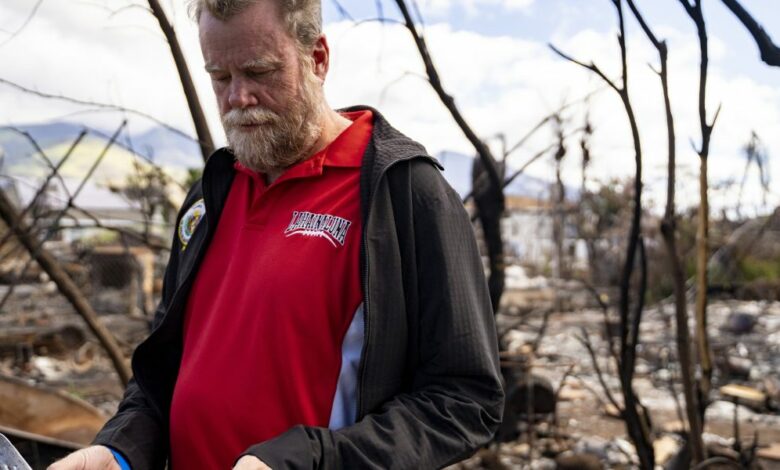Climate change keeps punching insurers in the wallet—2023 was the 4th straight year over $100 billion of natural catastrophe losses


Finance professionals lamenting the ever-increasing costs of insuring their commercial property portfolios likely won’t be surprised by the latest research from global reinsurer Swiss Re, which reported global insured losses from last year’s natural catastrophes (Nat Cat) totaled $108 billion, exceeding the $100 billion mark for the fourth year in a row.
Combating these rising losses will require premium increases, risk management, and broader societal efforts, according to Swiss Re experts.
“As weather hazards intensify due to climate change, risk assessment and insurance premiums need to keep up with the fast-evolving risk landscape,” Moses Ojeisekhoba, Swiss Re’s CEO of global clients and solutions, said in a statement. “Looking ahead, we must focus on reducing the loss potential…Keeping property insurance sustainable and affordable requires a concerted effort by the private industry, the public sector and broader society—not just to mitigate climate risks, but to adapt to a world of more intense weather.”
Globally, Nat Cat insured losses have outpaced the global economy “at a much faster rate” over the past three decades, according to the report, with losses increasing an average of 5.9% per year versus a 2.7% increase in global GDP.
In the report, Swiss Re acknowledged that the insurance industry “requires that premiums be commensurate with the underlying risk.” But rate increases alone aren’t enough anymore. The report recommended other measures including building code enforcement, flood-control infrastructure, and discouraging development in catastrophe-prone areas. “Mitigation of greenhouse gas emissions is also essential to counter the build-up of physical risks,” the report said.
Severe storms, severe losses
Severe convective storms (SCS) have become the second costliest Nat Cat peril behind only tropical cyclones, according to the report. SCS (yes, the insurance industry loves its acronyms) is a catch-all term for weather events including tornadoes, straight-line winds, and hail storms. SCS-insured losses reached $64 billion last year, a new record. Most of the losses (85%) took place in the US; the Midwest and Central US regions accounted for approximately 30% each.
SCS-related insured losses in the US increased 8% annually between 2008 and 2023, according to Swiss Re. The main drivers behind the increase include inflation; costlier repairs and construction; economic growth, particularly in high-risk areas; and climate change.
This article was initially published by CFO Brew, a branch of Morning Brew.
Source link




